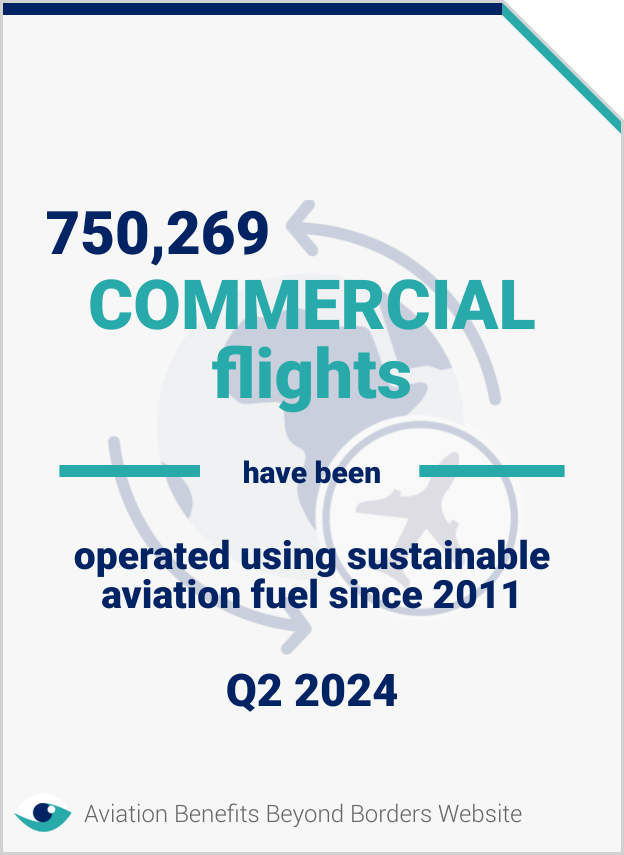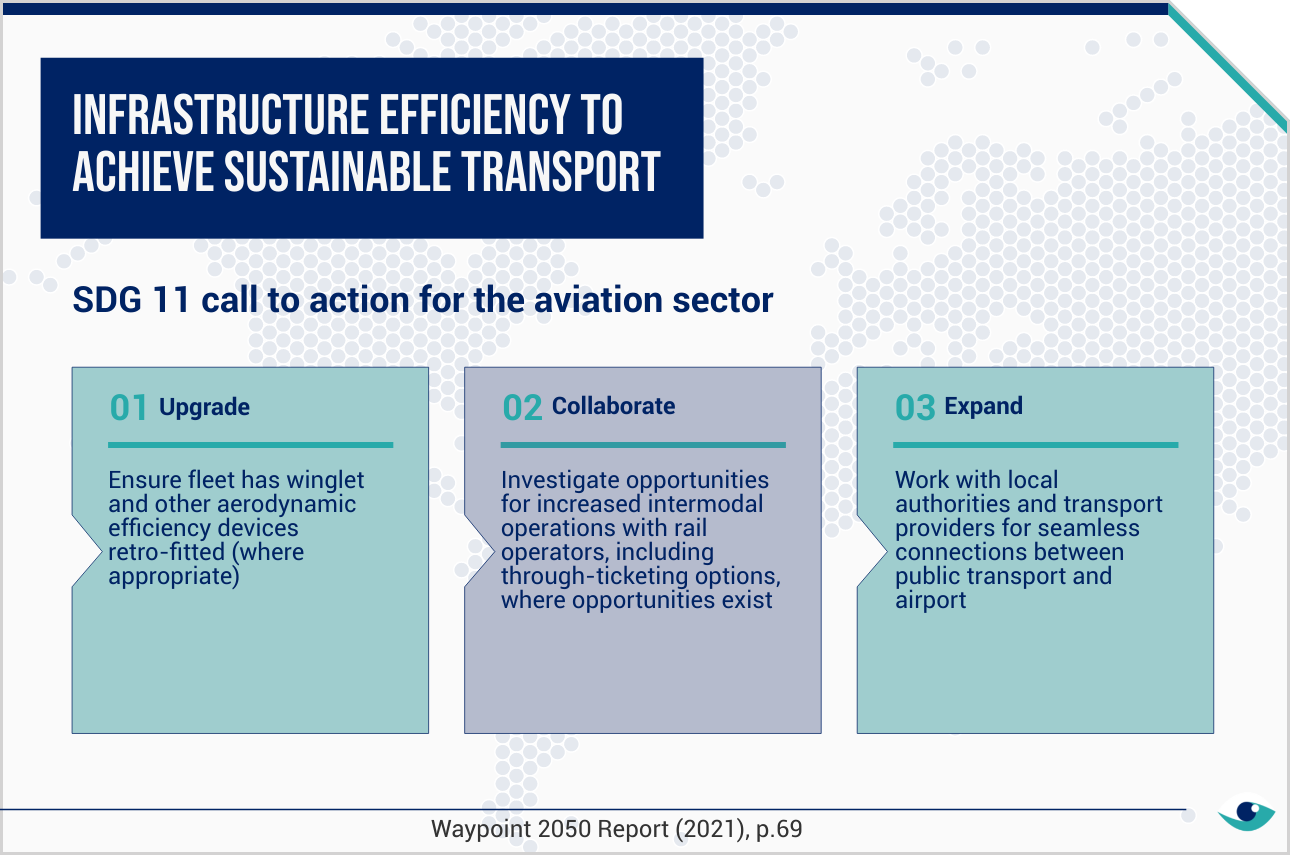The rise in global urbanisation and climate change impacts has intensified the urgency for sustainable transport solutions. Our cities are increasingly gridlocked and polluted, while vulnerable populations face transport inequities. SDG 11.2 aims to address these issues, advocating for safe, affordable and eco-friendly transport systems for all by 2030. However, the world is still far from achieving these targets: Only half of the global urban population (51.6%) has access to convenient public transport, mostly low-capacity modes of transport like buses. Major shifts in urban policy and investments are needed to meet these goals, especially in transport.

Transport for sustainable communities
Achieving equitable, eco-friendly transport solutions by 2030
UN Sustainable Development Goals
Mobility (all industries)
AT A GLANCE
Sustainable transport has become more urgent due to urbanisation, with only half of urban populations having convenient access to public transport.
Businesses must prioritise investment in multi-modal and non-motorised transport to meet SDGs.
Collaborative efforts across industries will be essential for sustainable, resilient transport systems.

Aviation’s green efforts
The aviation industry, while connecting cities globally, also contributes to emissions and noise pollution. Turkish Airlines attempts to mitigate through fleet modernisation and operational efficiencies, reducing its environmental footprint and supporting sustainable urban living. Southwest Airlines focuses on minimising fuel burn at airports through electrification and single-engine taxiing, further contributing to the reduction of emissions.
Intermodal transport
The industry has also encouraged intermodal transport approaches, which not only offer convenience to passengers but also reduce carbon emissions by streamlining transitions between rail and air travel. For instance, Lufthansa Group integrates various modes of transport into its services, promoting intermodal travel. This complements efforts of cities like Manchester and Seattle to reduce emissions through public transport, and aligns with the trend during the COVID-19 pandemic towards healthier commuting, such as increased walking and cycling.

Global initiatives
Acknowledging that sustainable transport systems are intersectoral in nature and cannot be managed by the private sector alone, development institutions have been supporting SDG11 financing and technical assistance. For instance, the Asian Development Bank has pioneered the Sustainable Transport Appraisal Rating (STAR), a multi-dimensional evaluation tool which helps countries ensure sustainability as they pursue transport development projects.
Implications and outlook
Achieving sustainable transport requires collaboration across industries, governments and research institutions. Key actions to accelerate SDG 11.2 include prioritising investment in sustainable fuel alternative, multi-modal public transport, transit-oriented policies, and integrating informal transport networks. As we advance, public-private partnerships will be crucial in fulfilling these actions, which offer significant business opportunities.
FURTHER READING
- Business indicators (SDG business compass)
- SDG 11 Report (UN)
- Aviation SDG efforts (Aviation benefits)
